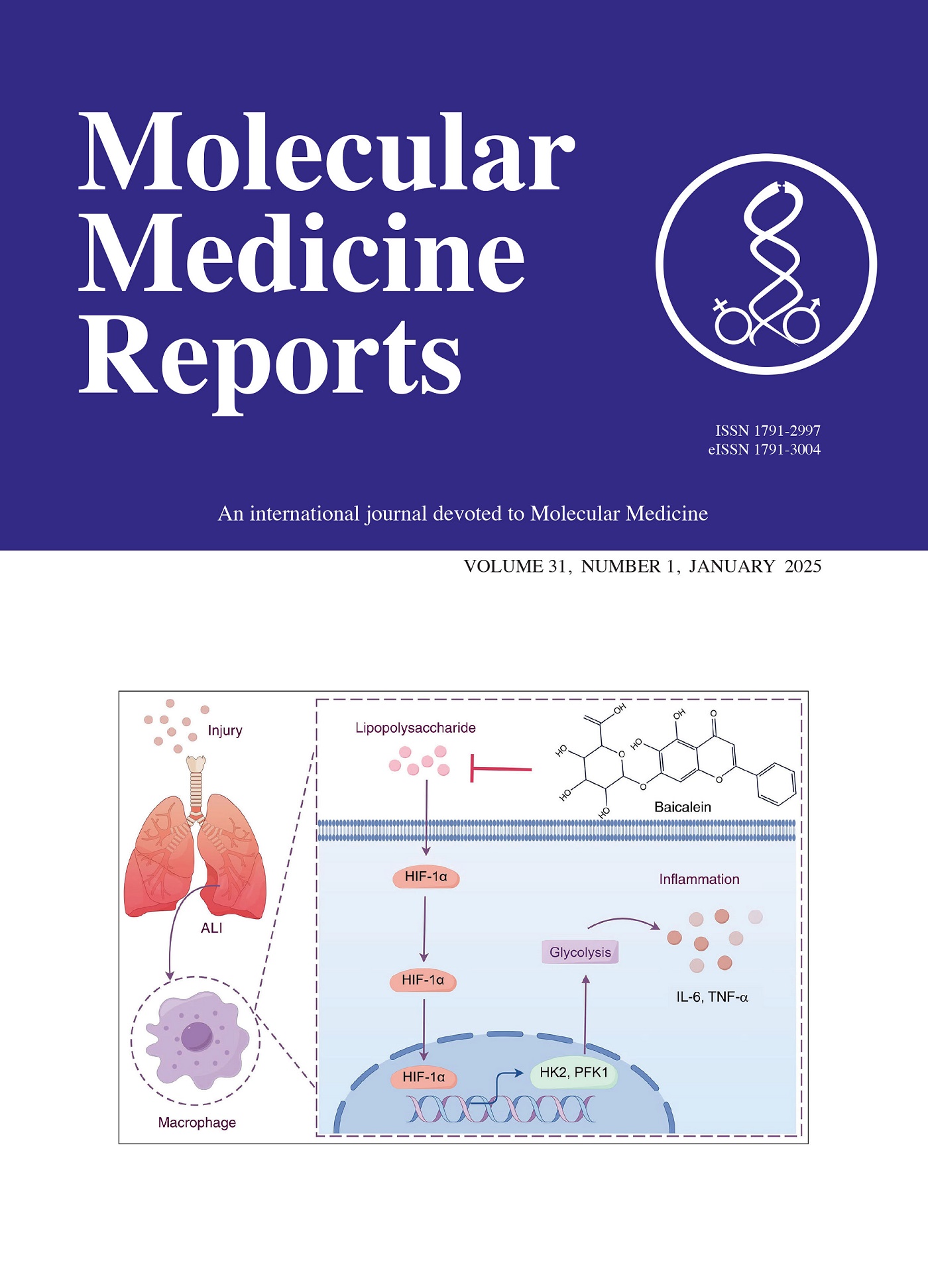Pharmacological activity of capsaicin: Mechanisms and controversies (Review).
Abstract
Capsaicin, which is abundant in chili peppers, exerts antioxidative, antitumor, antiulcer and analgesic effects and it has demonstrated potential as a treatment for cardiovascular, gastrointestinal, oncological and dermatological conditions. Unique among natural irritants, capsaicin initially excites neurons but then 'calms' them into long?lasting non?responsiveness. Capsaicin can also promote weight loss, making it potentially useful for treating obesity. Several mechanisms have been proposed to explain the therapeutic effects of capsaicin, including antioxidation, analgesia and promotion of apoptosis. Some of the mechanisms are proposed to be mediated by the capsaicin receptor (transient receptor potential cation channel subfamily V member 1), but some are proposed to be independent of that receptor. The clinical usefulness of capsaicin is limited by its short half?life. The present review provided an overview of what is known about the therapeutic effects of capsaicin and the mechanisms involved and certain studies arguing against its clinical use were mentioned.





